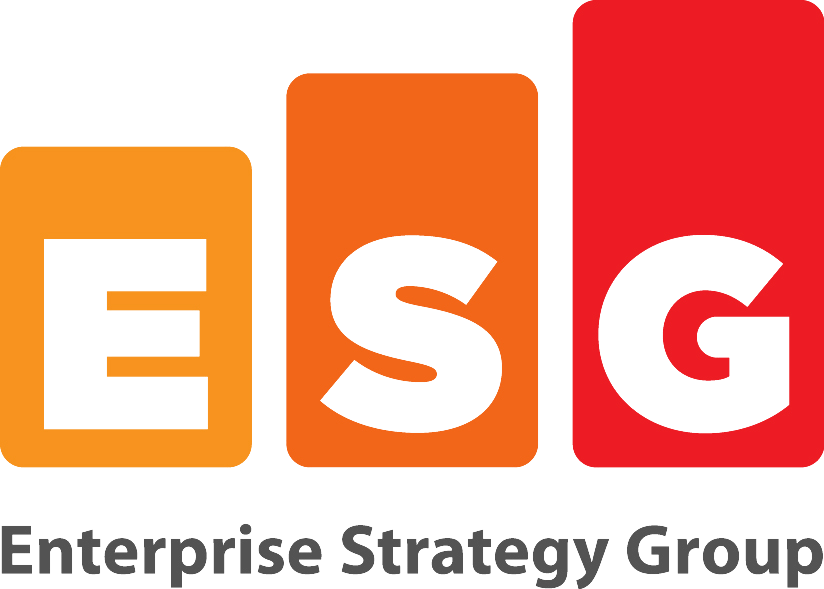ZTNA Solutions
zero trust network access
ZTNA services are enabled by Versa Secure Private Access.
Part of Versa SASE product suite Versa Secure Private Access (VSPA) is the industry’s first solution to deliver the leading SASE services and private connectivity for employees who are working remotely. With this solution, employees can now securely connect to applications in both the private and public clouds with the philosophy of Zero-Trust Access.
The foundation of VSPA is based on VOS™ which powers SASE services to corporate applications via the cloud, on-premises, or a blended combination of both, for thousands of customers globally.

beyond zero trust network access providers
For the first time, end users can leverage a remote access service directly on their end devices that delivers all the benefits of SASE. Unlike today’s VPN-based work from home solutions, Versa delivers the advantages of industry-leading SD-WAN remote access including pervasive visibility of the performance of the network, application, and security without requiring additional hardware.
VSPA allows for an assured experience with network and application monitoring, all backed by an integrated security suite which is recommended by CyberRatings. With the majority of the connections now being remote, the enterprise now has an exponentially expanded threat perimeter.
In order to protect the enterprise, VSPA can be augmented with the most comprehensive range of security services. These include stateful firewall, DOS protection, NGFW, IPS, and URL filtering on end users’ client devices connecting privately to company resources hosted in private data centers, public cloud, and SaaS locations.
leveraging zero trust network access services best practices
Delivered via the cloud, Versa Secure Private Access (VSPA) goes beyond traditional ZTNA providers by efficiently connecting distributed users and applications while improving security and user experience.
ZTNA services are based on the fundamental philosophy of trusting no one. Versa Secure Private Access extends this principle with the following differentiated features:
- Application segmentation to restrict access
- Strong Multi-Factor Authentication (MFA)
- Granular application and role-based control
- Application and network visibility
- Private, encrypted connectivity to the network
Addressing Privacy and Performance Requirements
Versa Secure Access, powered by VOS™, delivers Zero Trust Network Access, application segmentation, and SD-WAN technology to every user.
Secure Connectivity to Cloud and Enterprise
- Robust encryption, enterprise authentication capabilities
- Built-in security (stateful firewall, DoS, app firewall)
Application, User, and Network Visibility
- Real-time and historical visibility
- Network and application performance
Assured Application Experience
- User, device and app optimized
- SLA and app monitoring
- FEX, MOS aware
Fast and Easy to Deploy and Operate
- Cloud-based solution provides deployment agility and scale
- No CPE hardware: non-intrusive to end user home network
Secure and reliable connectivity.
Work from anywhere with ZTNA services.
- Versa Secure Private Access (VSPA), a Versa SASE service, significantly reduces cost and complexity compared with on-premises solutions.
- Versa Secure Private Access services provide integrated security and multifactor authentication capabilities using an enterprise’s existing SAML, RADIUS, LDAP/ Active Directory server.
- Versa Secure Private Access uses industry-standard IKEv2/IPsec stack with strong ciphers and large key sizes for protecting traffic.
- Versa Secure Private Access delivers private connectivity for VPC-hosted applications, multi-cloud environments, and SaaS applications.
Discover the Power of Zero Trust Solutions from Versa
Unparalleled Security in a Perimeter-less World
Evolving threats continue to test the boundaries of traditional network perimeters. With remote work and cloud services becoming the norm, relying on outdated security models is a risk you can’t afford. Versa’s ZTNA security offers advanced protection, ensuring secure access to resources regardless of location. Robust security doesn’t just keep threats out — it prioritizes intelligent, context-aware access control within your network.
Granular Access Control and Permissions Precision
Versa ensures secure remote access for today’s distributed workforce, thanks to advanced security service edge technology that ensures secure connections across the entire network. With Versa, access permissions are user-based and context-aware, considering factors like location, device, and time. This ensures that each user gets access to only what they need, nothing more. This level of precision allows employees to securely access resources while ensuring each instance of user access is specific and justified.
Streamlined Operations and Reduced Complexity
Zero trust software simplifies network security, replacing cumbersome legacy systems like VPNs. This streamlined approach reduces IT complexity and overhead, allowing your team to focus on strategic initiatives rather than maintaining and troubleshooting outdated systems. The agility and simplicity of zero trust technology translate into better operational efficiency and a competitive edge.
Cost Savings with Long-Term Benefits
Investing in zero trust network security is a cost-effective decision for businesses of any size. By eliminating the need for traditional hardware and reducing reliance on extensive manual security configurations, zero trust networking can significantly lower operational costs. The advanced security framework also minimizes the risk and potential costs associated with data breaches, helping protect your financial health and reputation.
Empowering Your Workforce
Flexibility and productivity are key to the success of your employees. Zero trust products from Versa empower teams with seamless and secure access to everything they need, when they need it. Providing a better user experience boosts productivity and employee satisfaction, helping you retain top talent while maintaining high operational standards.
Ready to boost your organization’s security? Get started with Versa Secure Access today.
4 easy steps to get started with a ZTNA provider!
Versa Secure Private Access is available via Versa ACE Partners as a turnkey ZTNA cloud-managed service
Step 1
Place an order for the Versa Secure Private Access service
Step 2
Versa provisions Versa Cloud Gateways
Step 3
Install and register the Versa Client
Step 4
Begin using the Versa Secure Private Access service
Versa Secure Access is earning rave reviews.

The dependable, secure VPN access for the flexible workforce of the future.
“This is an exciting addition to the Versa Networks’ range, adding new functionality to their already disruptive SD-WAN solutions and addressing a real opportunity in the market.”

Employees are connecting to corporate applications from remote locations.
“With the pandemic, the ability to securely connect to those cloud and corporate applications has become a mandate. Versa Secure Access provides the requisite performance, ease of use, and most importantly, security for organizations to enable their employees to work from leveraging a secure SD-WAN solution.”

Reaching virtual offices and clouds securely, seamlessly, and with improved application performance.
“OmniClouds SD-WAN utilizes Versa Secure SD-WAN coupled with our dedicated telecom infrastructure to deliver an exceptional experience for our clients. OmniClouds is offering Versa Secure Access to help students take advantage of distance learning, physicians to conduct remote tele-visit calls, and employees to reach virtual office desktops and public/private clouds securely, seamlessly, and with improved application performance.”
How to Deploy Versa SASE
Versa SASE is available in an array of deployment options, allowing you to tailor the solution to your network environment.
On-Premises
Available as software to deploy in on-premises hardware including appliances, bare metal, hypervisors, or containers.
Cloud
Available as a service delivered via the cloud for networking, security, and analytics to thin branches and end users.
Blended
Available as a blended combination of SASE services via the cloud and on-premises for any location profile.
Learn More
Find more research, analysis, and information on SASE (Secure Access Service Edge), networking, security, SD-WAN, and cloud from industry thought leaders, analysts, and experts.
Zero Trust Network Access: Secure, Controlled, and Deployed from Everywhere
Learn the market forces and technical reasons that drive the need to create Zero Trust Network Access that is based on a user’s device and credentials rather than network location. This change is critical to protect against attacks to devices within or outside the network perimeter.
